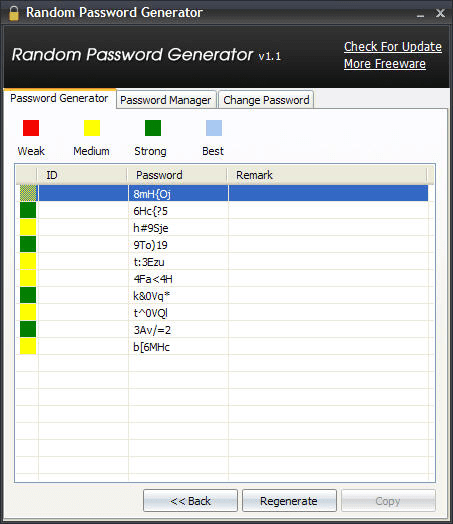
In words with the help of a numbers to words converter, but it is neither informative nor manageable. The number of possible keys that a 128-bit key allows is just too enormous to write otherwise. “three hundred forty undecillion, two hundred eighty-two decillion, three hundred sixty-six nonillion, nine hundred twenty octillion, nine hundred thirty-eight septillion, four hundred sixty-three sextillion, four hundred sixty-three quintillion, three hundred seventy-four quadrillion, six hundred seven trillion, four hundred thirty-one billion, seven hundred sixty-eight million, two hundred eleven thousand, four hundred fifty-six”īut the numbers we deal with in cryptography are so big that I have to write them in exponential form. And maybe when dealing with a number like 2 32

”, depending on what is most useful in the context. When we are dealing with numbers like 65536, I can opt whether to express it as “65536” or “2 16

The numbers that we need to talk about are just too big to write out normally. A key is just a number, and AES can work with keys of three different sizes, 128 bits, 192 bits, and 256 bits.ĪES, by the way, is always a 128-bit cipher operating on 128-bit chunks of data (blocks) at a time so when I use expressions like “AES256” or “256-bit AES” in what follows, I’m just talking about key size. The only way to get meaning out of the ciphertext is to use AES and the same key to transform it back into the plaintext.

It takes a key and some data (plaintext) as input and transforms that data into something that looks entirely random (ciphertext). AES (the Advanced Encryption Standard) is a fundamental building block of the encryption within 1Password and most everything else that uses encryption in the modern world.


 0 kommentar(er)
0 kommentar(er)
